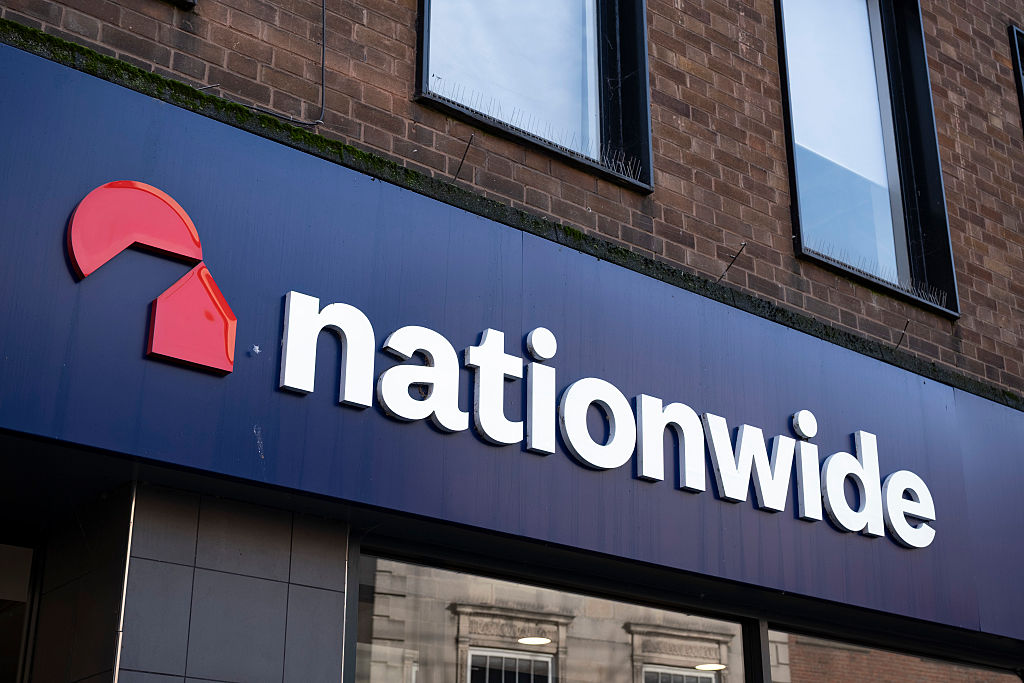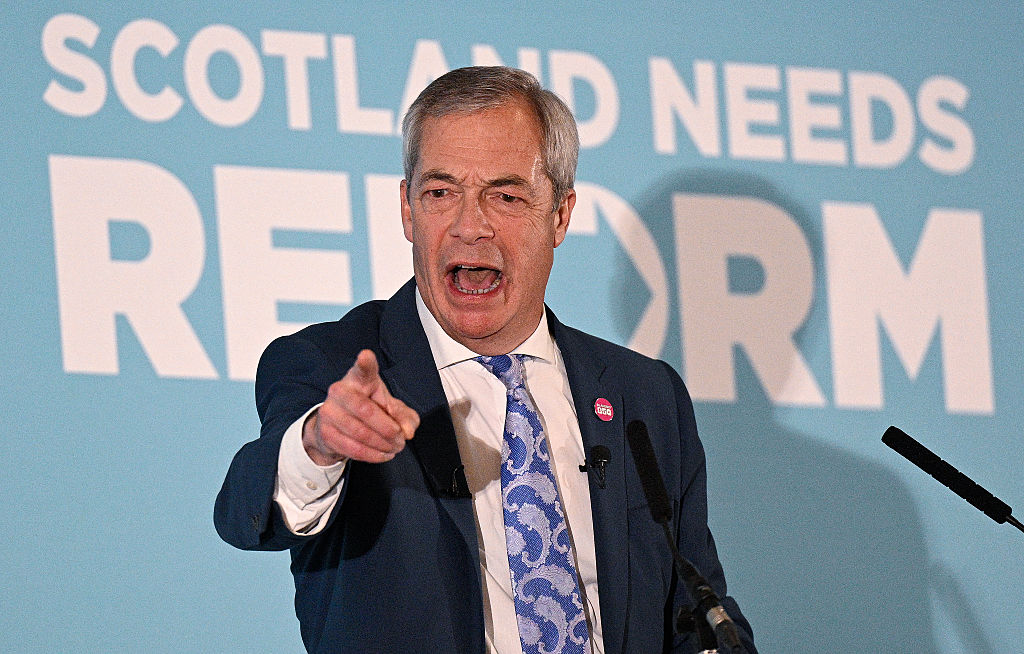Why it can sometimes pay to invest in illiquid stocks
In nervy markets, lower liquidity can make more difference to shares in major companies than you’d expect

The news that Apple is to carry out a 4:1 stock split has sent the tech giant’s shares soaring again. Apple’s stock price is up by 20% since 30 July, when the split was announced, having already doubled over the past year.
Stock splits theoretically shouldn’t make any difference to the price of a share. Yet studies show that when companies split their stock, they tend to outperform over subsequent periods ranging from months to years. (The opposite is true for reverse splits, which is bad news for floundering voucher-deals firm Groupon: its recent 1:20 consolidation seems unlikely to check its steady march towards zero.)
The standard explanation for this is that splits improve liquidity: small investors can now join in the fun and push prices up further. This is doubtful beyond an initial frenzy (see below) and in any case Apple is already highly liquid. The more plausible argument is that firms tend to split when they are doing well, so a split is a consequence or a signal of a bullish outlook rather than a cause. If Apple keeps rising, this will probably be the reason, rather than higher liquidity.
MoneyWeek
Subscribe to MoneyWeek today and get your first six magazine issues absolutely FREE

Sign up to Money Morning
Don't miss the latest investment and personal finances news, market analysis, plus money-saving tips with our free twice-daily newsletter
Don't miss the latest investment and personal finances news, market analysis, plus money-saving tips with our free twice-daily newsletter
Investing alongside the family
In any case, lower liquidity is probably a greater boon to long-term investors, especially in unsettled markets like these. You can see this in situations where firms have two share classes with different economic or voting rights and one is much less liquid (typically because it is closely held by a founder or controlling family).
Take drinks firm Brown-Forman. It has voting A-class shares and non-voting B-class shares. They get the same dividends, yet the theoretically more valuable A currently trades at an 8% discount to the B. Or chemicals firm Henkel, which has non-voting preferred shares with dividends that are set to be just two euro cents higher than the ordinary shares. The less liquid ordinary shares are 13% cheaper.
For a more involved case, consider brewer Heineken. It is 50% owned by Heineken Holding, which has no other assets. These stocks pay the same dividends, yet the holding company trades at an 11% discount. Or for a slightly different variant, many Korean firms such as Samsung Electronics have a small float of non-voting shares that trade at a huge discount to the ordinary shares (there is a fund, Weiss Korea Opportunity (LSE: WKOF), that specialises in investing in these).
Not all cases are useful: brewer Carlsberg’s less-liquid A shares oddly trade at a premium to its B shares. But for private investors who don’t need the same level of liquidity as institutions, these situations can sometimes let you buy into major companies at a better price.
I wish I knew what a stock split was, but I’m too embarrassed to ask
A stock split happens when a company decides to increase the number of its shares in issue by giving existing investors additional shares for each share that they currently hold. The firm’s share price falls to reflect the enlarged share base and its market capitalisation stays the same. The total value of each investor’s shareholding remains unchanged as well, because they hold the same percentage of the firm after the split that they did before.
For example, assume that a company has 100 million shares in issue and a share price of £50 per share. It carries out a 2:1 (or two-for-one) split, meaning that the investor ends up with two shares for every one they originally had. Then the total number of shares increases to 200 million and the share price falls to £25. The market cap stays at £500m and an investor that previously owned 100 shares worth £1,000 will now have 200 shares worth the same. All financial ratios such as earnings per share and dividends per share will obviously be halved.
It’s widely believed that stock splits improve liquidity, because smaller investors are now more able or willing to trade lower-priced shares. The argument for this is not very compelling: in practice, investors tend to buy or sell a certain value of shares (eg, £5,000) rather than a certain number (eg, 500), so it’s only if the price is very high (eg, £10,000 per share) that you’d expect a lower price to make a difference to how often it’s traded. The empirical evidence is mixed at best; some studies suggest that any change is short-lived and that the bid/ask spread – a more meaningful measure of liquidity than the number of shares that are traded – may get worse after a split.
The opposite of a stock split is a consolidation or reverse split, which happens when a firm reduces the number of shares in issue. These are less common and usually the sign of a company trying to make a very weak share price look better.
Get the latest financial news, insights and expert analysis from our award-winning MoneyWeek team, to help you understand what really matters when it comes to your finances.
Cris Sholto Heaton is an investment analyst and writer who has been contributing to MoneyWeek since 2006 and was managing editor of the magazine between 2016 and 2018. He is especially interested in international investing, believing many investors still focus too much on their home markets and that it pays to take advantage of all the opportunities the world offers. He often writes about Asian equities, international income and global asset allocation.
Cris began his career in financial services consultancy at PwC and Lane Clark & Peacock, before an abrupt change of direction into oil, gas and energy at Petroleum Economist and Platts and subsequently into investment research and writing. In addition to his articles for MoneyWeek, he also works with a number of asset managers, consultancies and financial information providers.
He holds the Chartered Financial Analyst designation and the Investment Management Certificate, as well as degrees in finance and mathematics. He has also studied acting, film-making and photography, and strongly suspects that an awareness of what makes a compelling story is just as important for understanding markets as any amount of qualifications.
-
 Football fans issued warning over ticket scams ahead of 2026 World Cup
Football fans issued warning over ticket scams ahead of 2026 World CupSantander customers lost more to football scams in the first six months of 2025 compared to the same period in 2024, when total losses surged due to the Euros
-
 Nationwide fined £44 million over “inadequate” anti-money laundering systems
Nationwide fined £44 million over “inadequate” anti-money laundering systemsFailings in Nationwide’s financial crime processes between October 2016 to July 2021 meant one criminal was able to deposit £26 million from fraudulent Covid furlough payments in just eight days.
-
 Who is Christopher Harborne, crypto billionaire and Reform UK’s new mega-donor?
Who is Christopher Harborne, crypto billionaire and Reform UK’s new mega-donor?Christopher Harborne came into the spotlight when it emerged he had given £9 million to Nigel Farage's Reform UK. How did he make his millions?
-
 The best Christmas gifts for your loved ones
The best Christmas gifts for your loved onesWe round up the best Christmas gifts with a touch of luxury to delight, surprise and amaze family and friends this festive season
-
 Leading European companies offer long-term growth prospects
Leading European companies offer long-term growth prospectsOpinion Alexander Darwall, lead portfolio manager, European Opportunities Trust, picks three European companies where he'd put his money
-
 How to harness the power of dividends
How to harness the power of dividendsDividends went out of style in the pandemic. It’s great to see them back, says Rupert Hargreaves
-
 Why Trustpilot is a stock to watch for exposure to the e-commerce market
Why Trustpilot is a stock to watch for exposure to the e-commerce marketTrustpilot has built a defensible position in one of the most critical areas of the internet: the infrastructure of trust, says Jamie Ward
-
 Tetragon Financial: An exotic investment trust producing stellar returns
Tetragon Financial: An exotic investment trust producing stellar returnsTetragon Financial has performed very well, but it won't appeal to most investors – there are clear reasons for the huge discount, says Rupert Hargreaves
-
 How to capitalise on the pessimism around Britain's stock market
How to capitalise on the pessimism around Britain's stock marketOpinion There was little in the Budget to prop up Britain's stock market, but opportunities are hiding in plain sight. Investors should take advantage while they can
-
 London claims victory in the Brexit wars
London claims victory in the Brexit warsOpinion JPMorgan Chase's decision to build a new headquarters in London is a huge vote of confidence and a sign that the City will remain Europe's key financial hub
